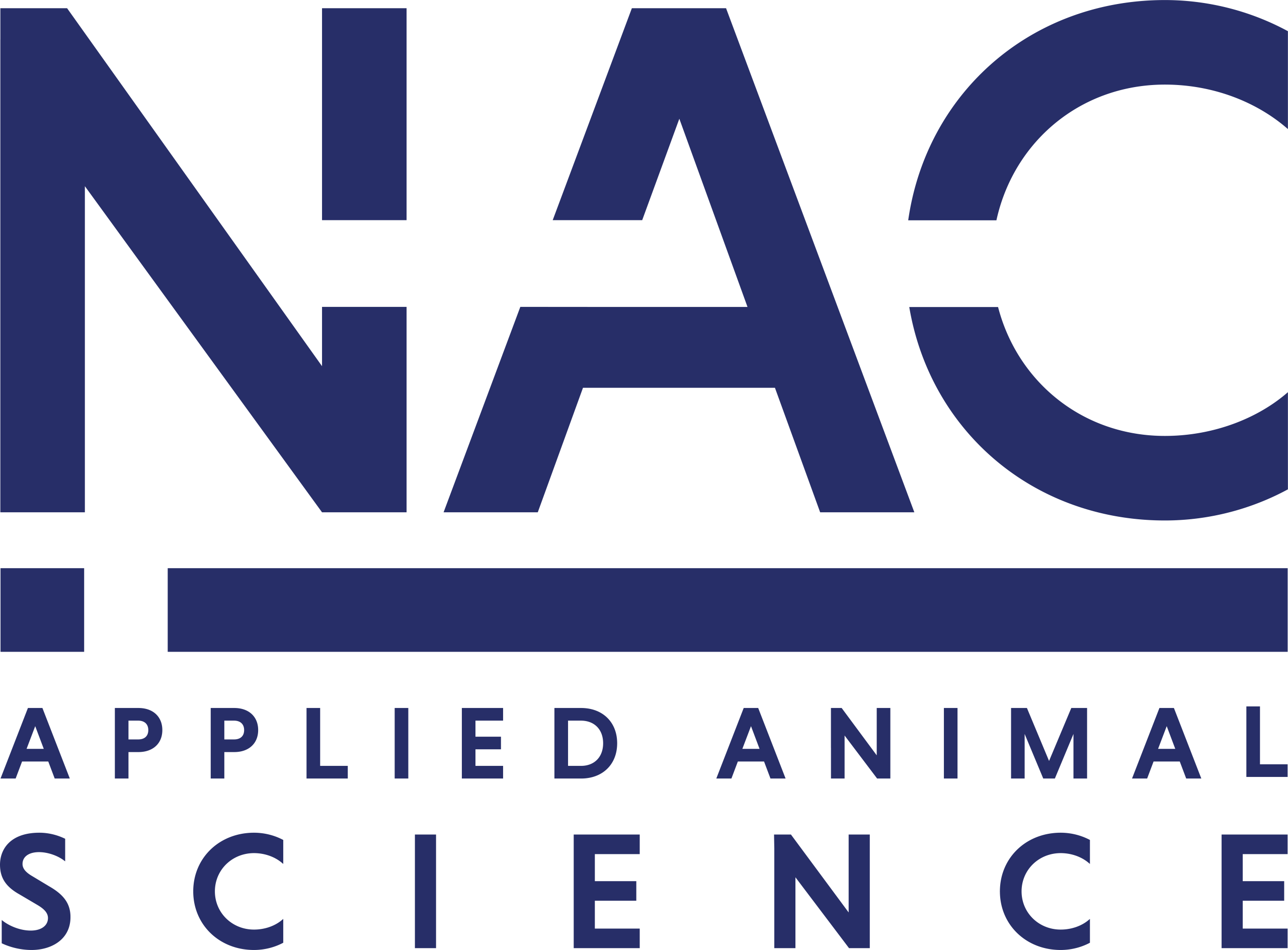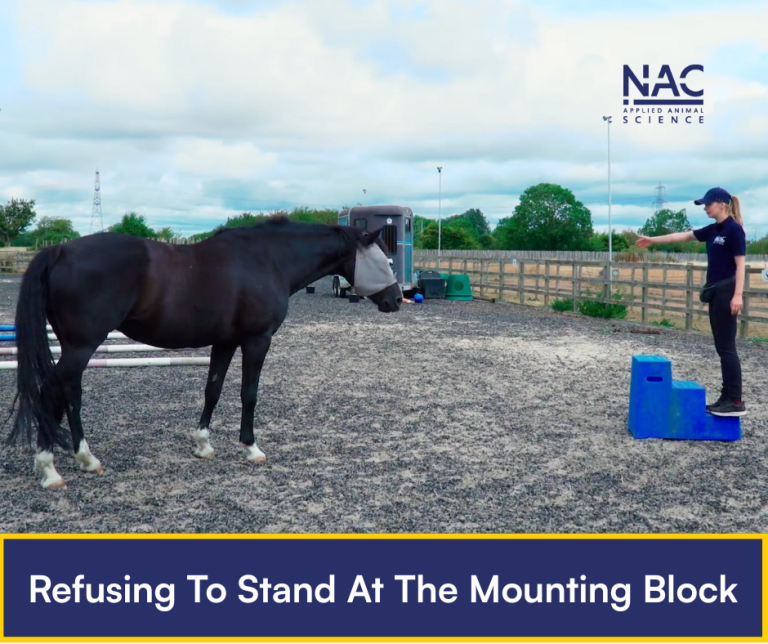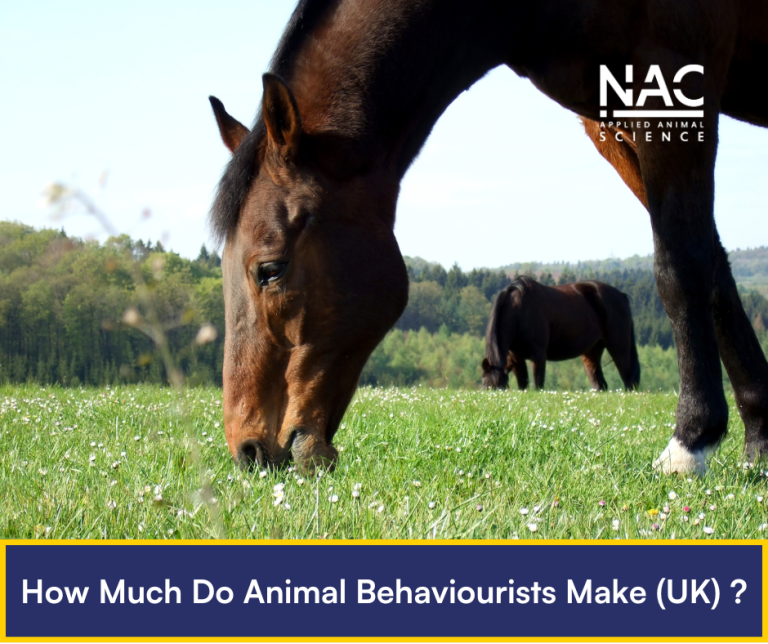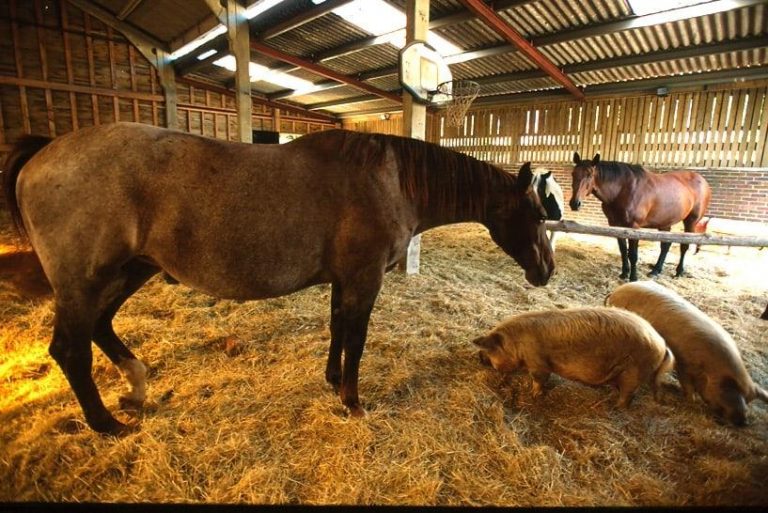Your basket is currently empty!
Selecting the right reward is one of the most important components of effective clicker training. A reinforcer is used to increase the likelihood of a desired behaviour being repeated. However, not all reinforcers hold the same value for every horse. If the chosen reward isn’t sufficiently salient, training can quickly lose its motivational value, leading to disengagement or avoidance behaviour.
So, how do we identify what our horse finds reinforcing?
When using positive reinforcement, we are marking and rewarding behaviours we want to see more of. For reinforcement to be effective, the chosen reward needs to function as a primary reinforcer and something the horse inherently values, such as food or tactile contact.
Food-Based Reinforcers
Food-based rewards are among the most common appetitive stimuli used in equine training. To determine which food items are most reinforcing, a simple self-selection or preference test can be set up. Offer several potential food options such as chaff, pony nuts, soaked feed, hay or grass and observe which the horse selects and returns to most often. This process activates the horse’s seeking system which plays a key role in motivation and reward learning. The very act of exploring and choosing can be enriching in itself, stimulating curiosity and positive affect.
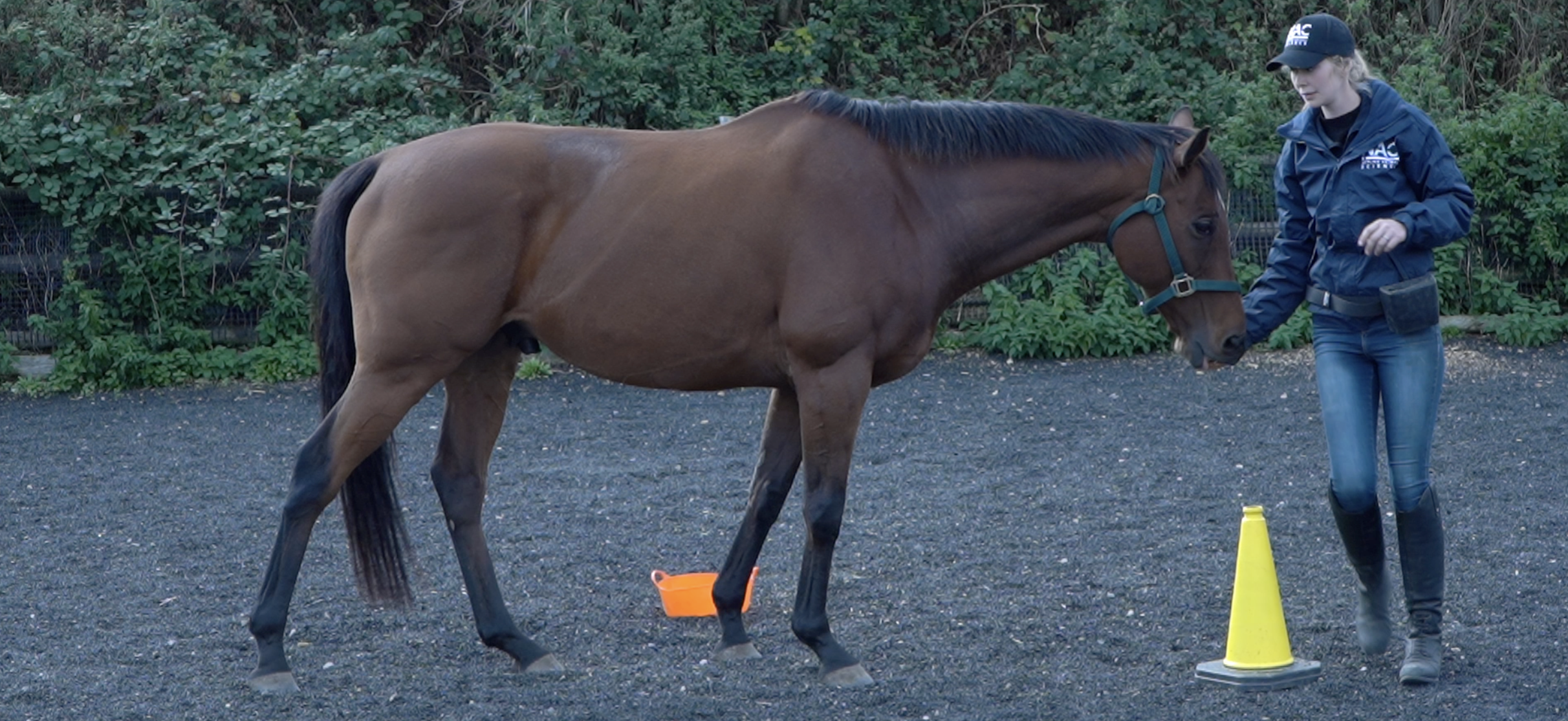
However, it is essential to monitor the motivational intensity of the chosen reinforcer. If the reward is too high in value, it can trigger over-arousal which is a heightened state of emotional activation involving elements of stress, frustration or even aggression.
Signs of over arousal may include:
- Increased muscle tension
- Tail swishing or rapid, anticipatory movements
- Nipping or ‘mugging’ behaviour
- Throwing behaviours (offering multiple behaviours unprompted)
- Stamping or Pawing
- Sheath dropping (in males, a sexual arousal rather than relaxation)
These are signs that the horse’s nervous system is becoming overly engaged, shifting them away from the calm, cognitive state necessary for effective learning.
If this occurs, consider using a lower-value reinforcer, such as the horses regular daily feed. Familiar, lower-intensity food rewards often maintain motivation without overstimulating the horse’s arousal systems.
As well as simply lowering the value of the reinforcer, we employ “Arousal Mitigation Techniques” which are different techniques that help to reduce and stop arousal in horses during clicker training. We teach these techniques in our Diploma in Equine Training & Coaching and we have a specialist short-course covering Over Arousal in Horse Clicker Training here.
Tactile Reinforcement – The Value of Scratches
While food is a powerful reinforcer, not all horses are primarily food-motivated, but many find scratches highly rewarding. Before integrating scratches into your training sessions, spend some unstructured time with your horse to identify their preferred tactile zones. Watch for communicative cues such as leaning into your touch, softening through the eyes or neck, or mutual grooming gestures. These indicate a positive emotional response to the tactile contact.
Once identified, these scratch spots can be incorporated into training. Moderate-value scratches can be used for everyday reinforcement, while high-value areas can be reserved for exceptional efforts or more complex behaviours.
As with food, monitor your horses affective state closely. A shift in posture, tension, or avoidance many indicate that the tactile stimulus is not reinforcing in that moment. Every horse’s sensory threshold and preference differ, so maintaining a responsive, two-way communication is key.
Whether your chosen reinforcer is food-based or tactile, the goal is to maintain a positive affective state that supports learning and engagement. By carefully selecting rewards that align with your horses’ individual preferences and emotional thresholds, you not only improve the effectiveness of your training but also strengthen positive associations and trust within the partnership.
If you’d like to deepen your understanding of how reward choice, motivation and emotional state influence equine learning, join us at The NAC. Our Diploma in Equine Training & Coaching (Distance Learning) explores the science behind equine behaviour and how to apply it ethically and effectively in real-world training as an ABTC Registered Professional.
If you are an owner or professional looking to enhance your knowledge around learning theory and positive reinforcement training, take a look at our equine training courses here.
